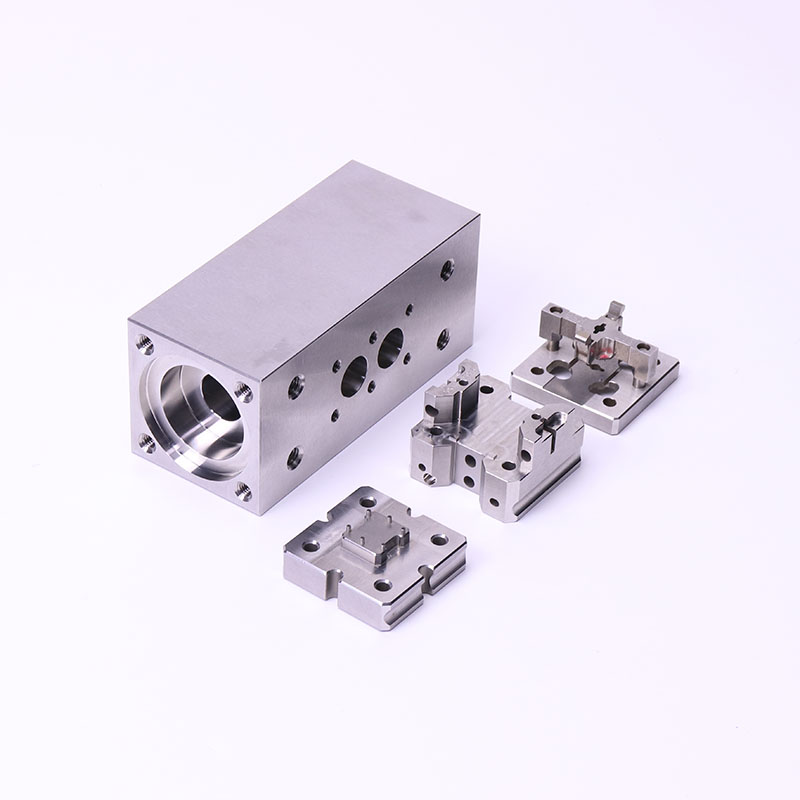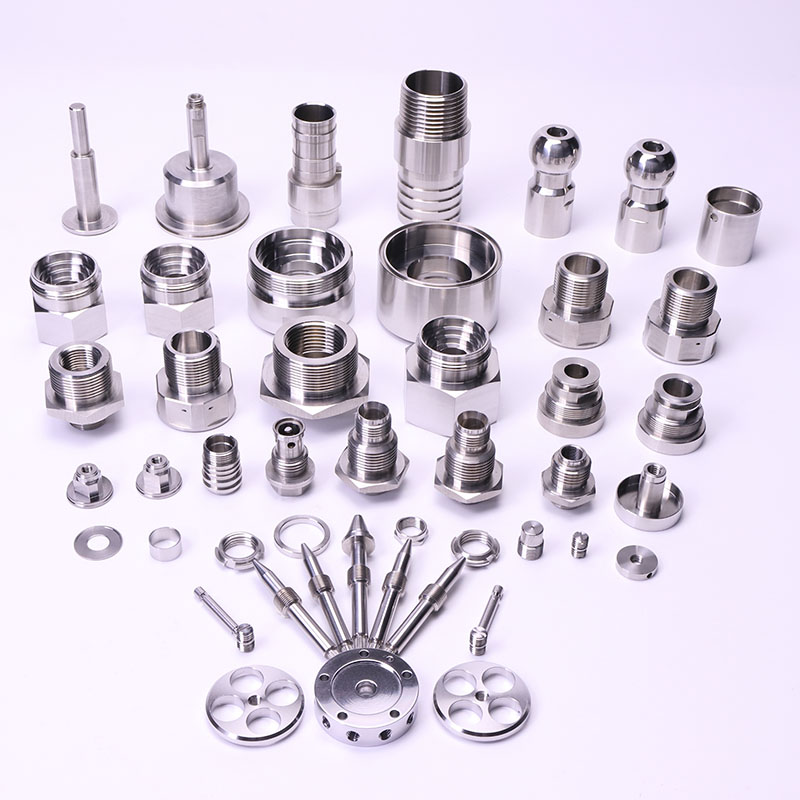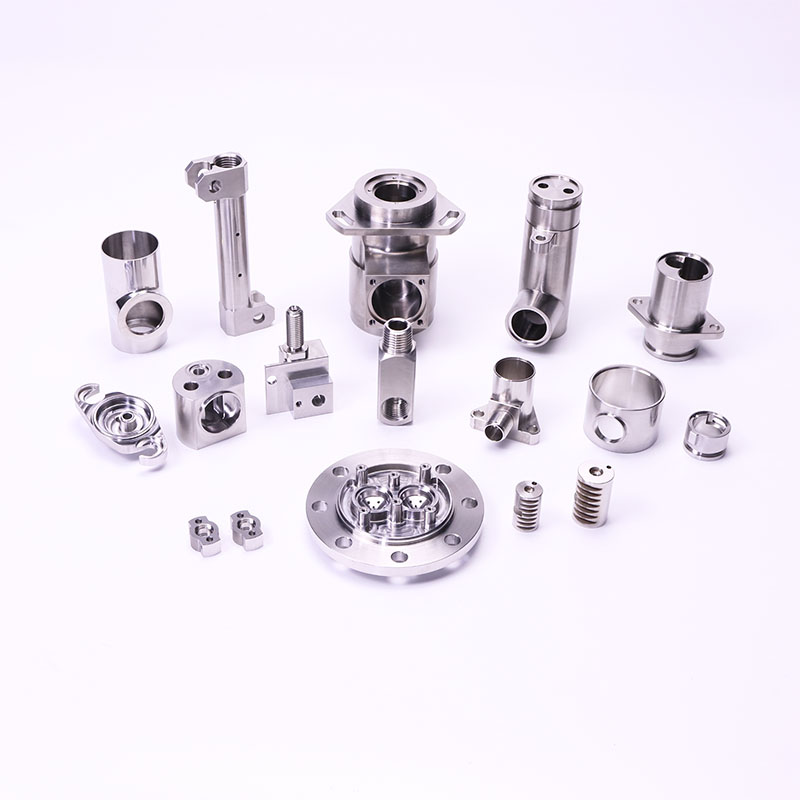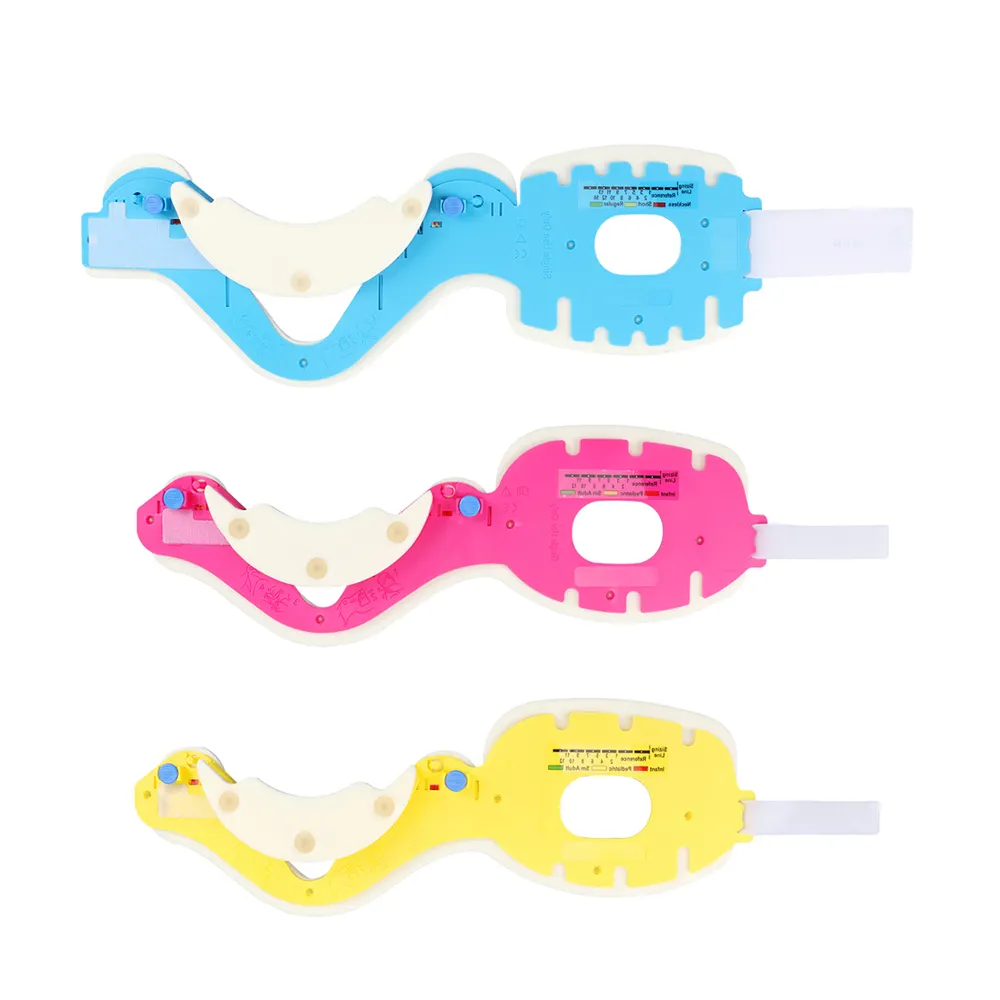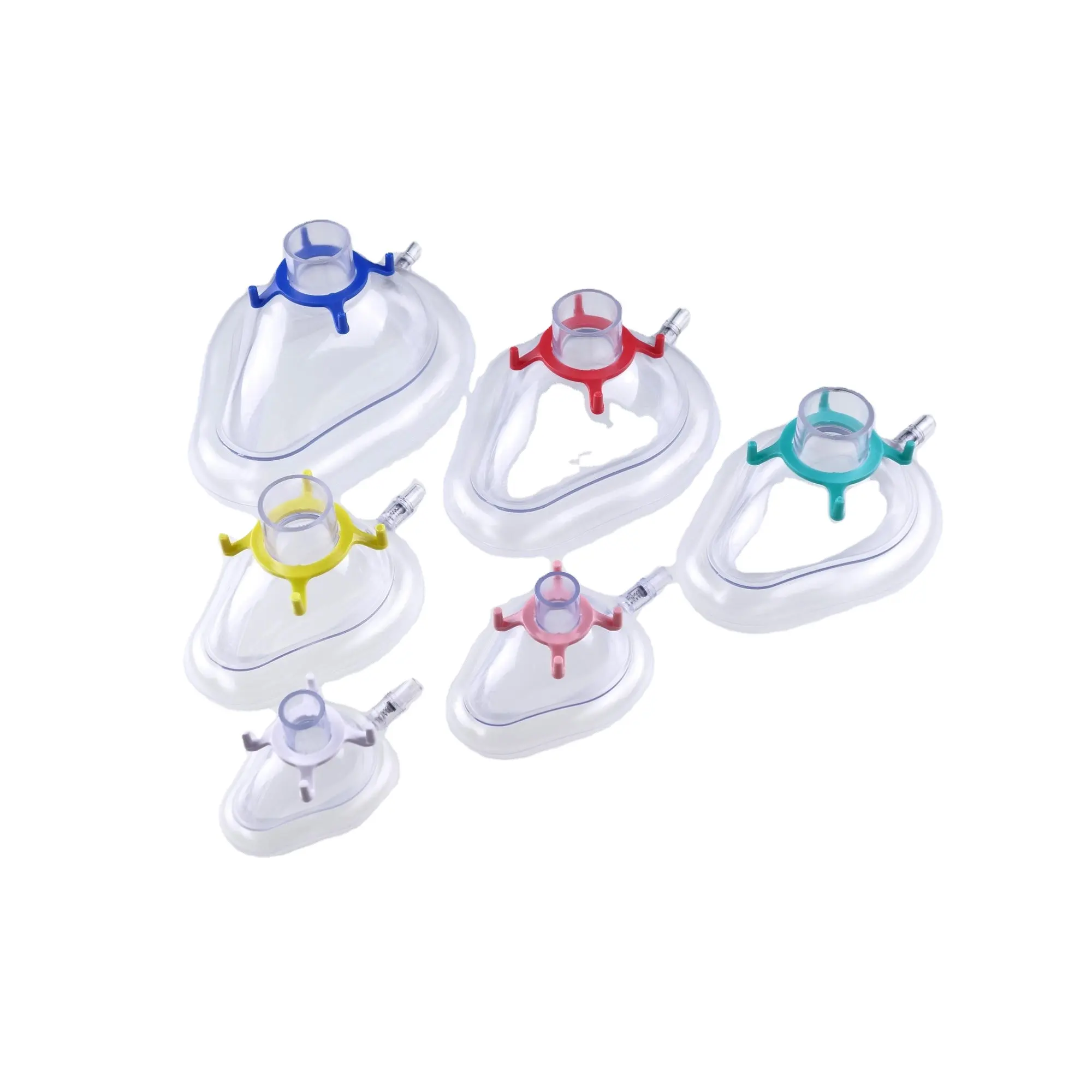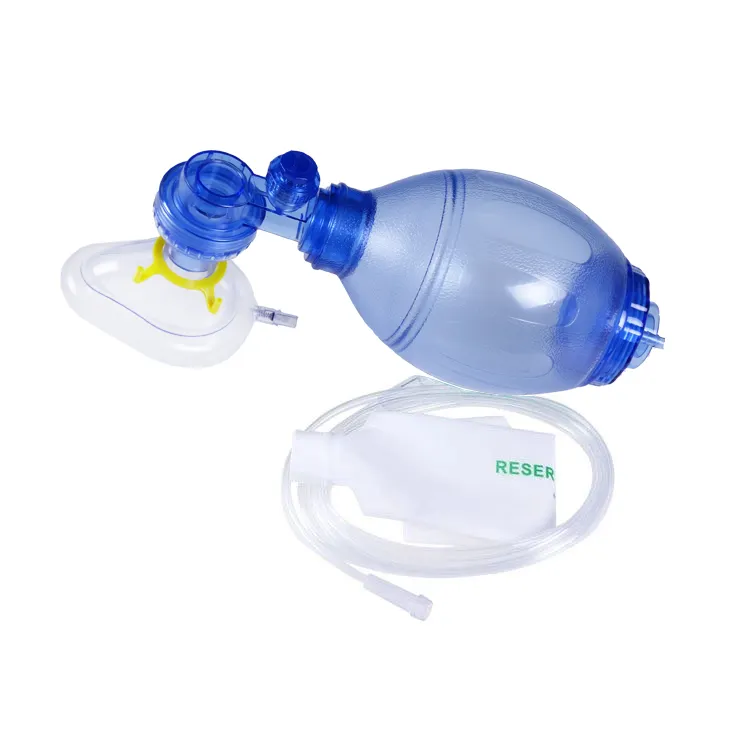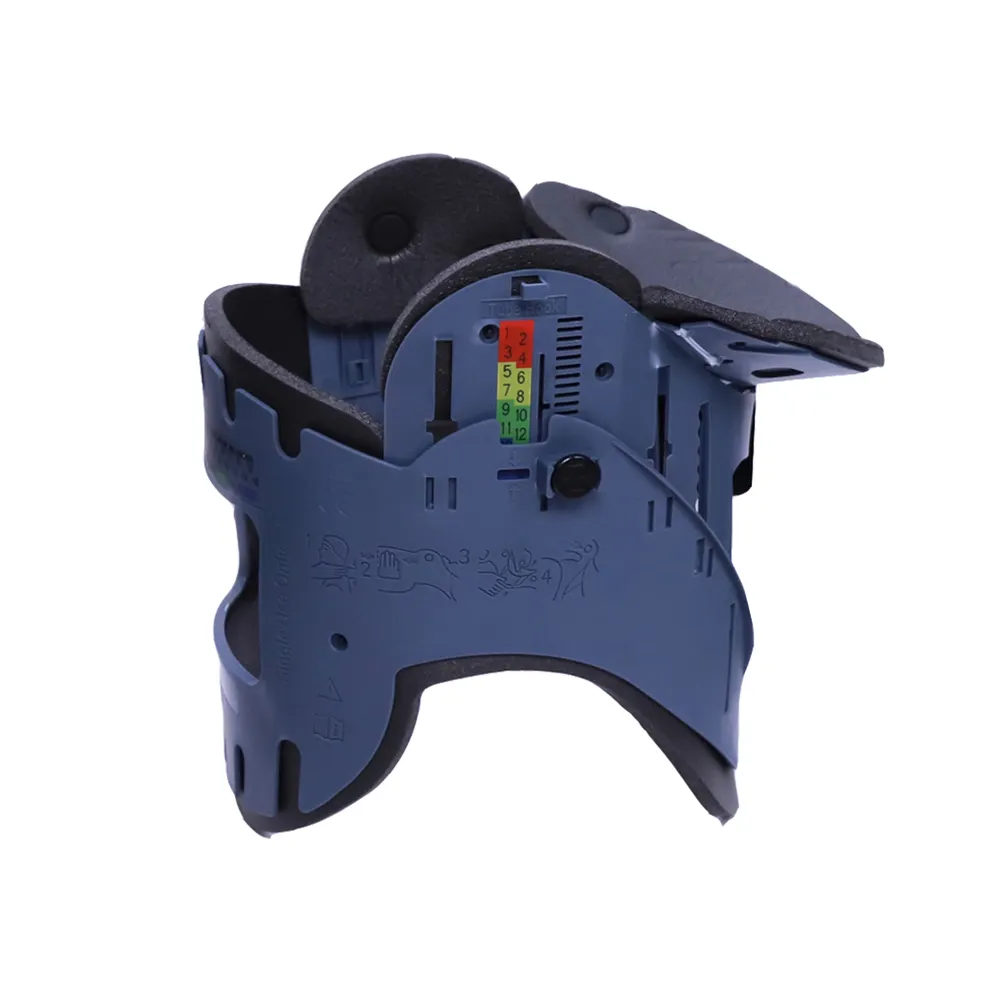1. The Importance of High-Pressure Valves in Industry
(1) Application Fields of High-Pressure Valves
(2) Performance Requirements of High-Pressure Valves
High-Pressure Tolerance: It must be able to withstand extremely high pressure and ensure stable operation in a high-pressure environment. For example, in some oil extraction scenarios, high-pressure valves need to withstand hundreds or even thousands of atmospheres of pressure.
Accurate Flow Control: It can accurately adjust the flow of fluids to meet the requirements of different production processes. This is crucial for the control of chemical reactions in chemical production, and excessive errors will lead to unstable product quality.
Good Sealing: It prevents fluid leakage, which not only avoids resource waste but also prevents environmental pollution. In the chemical industry, if toxic and harmful gases or liquids leak, it will cause serious harm to personnel and the environment.
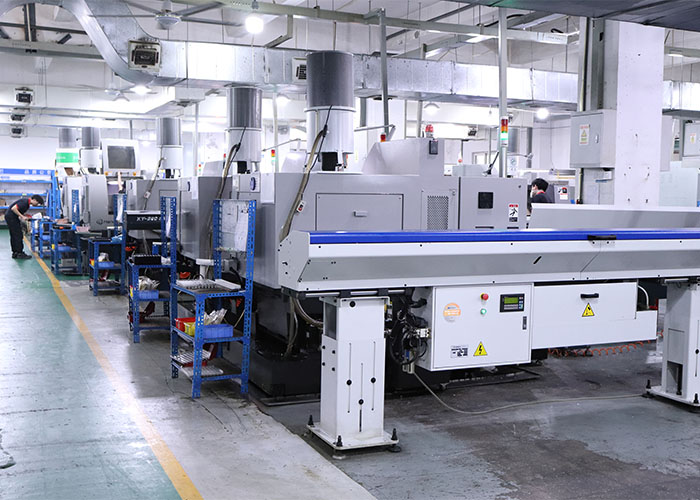
2. Structural Characteristics of the High-Pressure Valve with Speed Reduction and Noise Reduction
(1) Structural Composition
Valve Body: As the main part of the high-pressure valve, it provides an installation base for other mechanisms and bears the pressure of high-pressure fluids.
Deceleration Mechanism: Through a series of gear transmissions, it realizes the stable driving of the rotor and can meet the requirement of precise liquid path switching under high pressure. For example, the gear transmission ratio is precisely calculated and designed to ensure that the rotor can rotate at an appropriate speed, thus achieving precise flow control.
Compensation Mechanism: When the deceleration mechanism is operating, it provides lubricating oil to reduce gear wear and noise. It stores lubricating oil in an oil box and uses an oil delivery pipe to transport the oil to the parts that need lubrication.
Preloading Mechanism: It limits the rotor after switching to prevent reverse rotation and ensure the working stability of the high-pressure valve.
(2) Working Principles
Deceleration Principle
The gears in the deceleration mechanism rotate according to a specific transmission ratio, converting the high-speed input into a low-speed output suitable for the high-pressure valve to work. For example, when the input shaft rotates at a higher speed, through multi-stage transmissions such as the main gear and the secondary gear, the rotational speed of the output shaft is greatly reduced, thus achieving the purpose of deceleration.Noise Reduction Principle
The compensation mechanism reduces friction between gears by applying lubricating oil, thereby reducing noise. At the same time, reasonable structural design and material selection also contribute to reducing noise generation. For example, using a high-precision gear processing technology and high-quality lubricating oil can significantly reduce the noise during gear transmission.
3. The Application of CNC Machining in High-Pressure Valve Manufacturing
(1) CNC Machining of the Valve Body
Processing Precision Requirements
As a key component of the high-pressure valve, the processing precision of the valve body directly affects the performance of the high-pressure valve. CNC machining technology can precisely control the dimensional and shape errors of the valve body to ensure that it meets the working requirements in a high-pressure environment. For example, the dimensional accuracy of the inner and outer diameters of the valve body can be controlled within ±0.01mm, and the surface roughness can reach Ra0.8μm or less.Processing Technology Process
Firstly, according to the design drawing of the valve body, a machining path is generated using CNC programming software. Then, the raw material is fixed on the CNC machine tool, and the cutting process is carried out by the tool according to the predetermined path. During the machining process, the CNC machine tool can monitor machining parameters such as cutting force and cutting temperature in real-time and automatically adjust the machining parameters according to the monitoring results to ensure the stability of the machining quality.
(2) CNC Machining of the Deceleration Mechanism
Gear Machining Precision
The gears in the deceleration mechanism are crucial for transmission precision and stability. CNC machining can achieve high-precision machining of gears to ensure that parameters such as the module, number of teeth, and pressure angle of the gears meet the design requirements. For example, the tooth profile error of the gears can be controlled within ±0.005mm, and the tooth direction error can be controlled within ±0.01mm.Processing Technology Optimization
To improve the machining quality and efficiency of gears, a series of optimization measures are adopted in the CNC machining process. For example, using a high-speed cutting process can improve cutting efficiency while reducing tool wear. Using an advanced tool path planning algorithm can reduce the idle stroke during the machining process and improve machining efficiency.
(3) CNC Machining of the Compensation Mechanism and the Preloading Mechanism
Processing Characteristics of the Compensation Mechanism
The oil box, oil delivery pipe, and other components in the compensation mechanism need to have good sealing and reliability. CNC machining can ensure the dimensional precision and surface quality of these components, thus ensuring their sealing and reliability. For example, the sealing surface processing precision of the oil box can reach ±0.005mm or less, and the surface roughness can reach Ra0.4μm or less.Processing Key Points of the Preloading Mechanism
The various components in the preloading mechanism need to have high strength and precision to ensure their limiting effect on the rotor. CNC machining can meet these requirements by precisely controlling the dimensions and shapes of the components to ensure the working reliability of the preloading mechanism. For example, the dimensional accuracy of the limit block in the preloading mechanism can be controlled within ±0.01mm.

